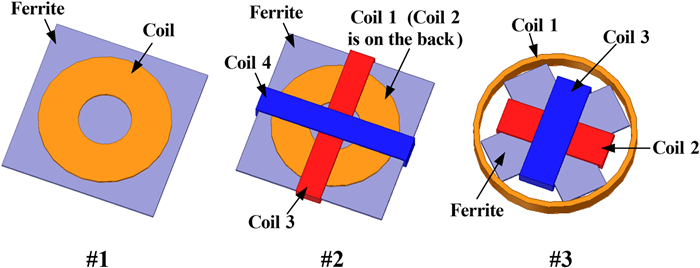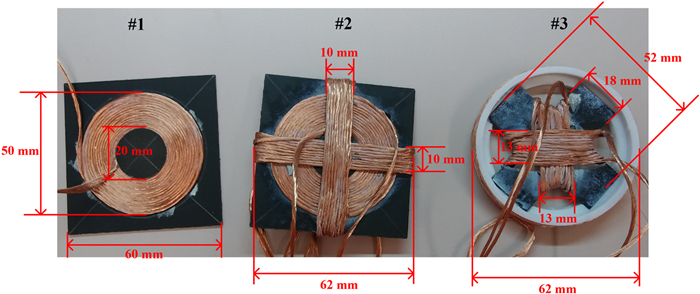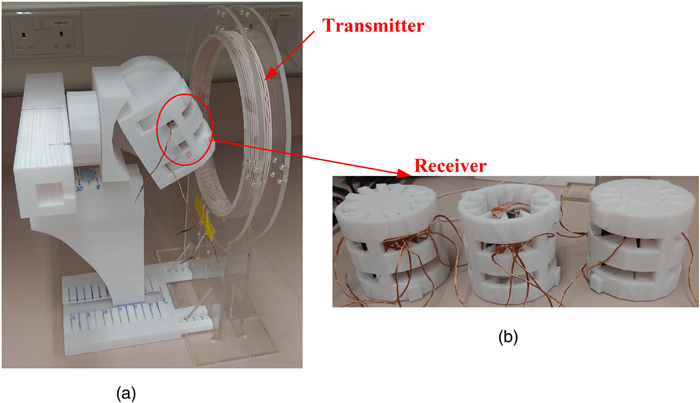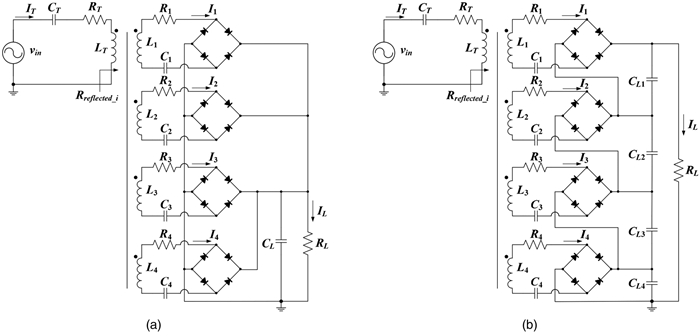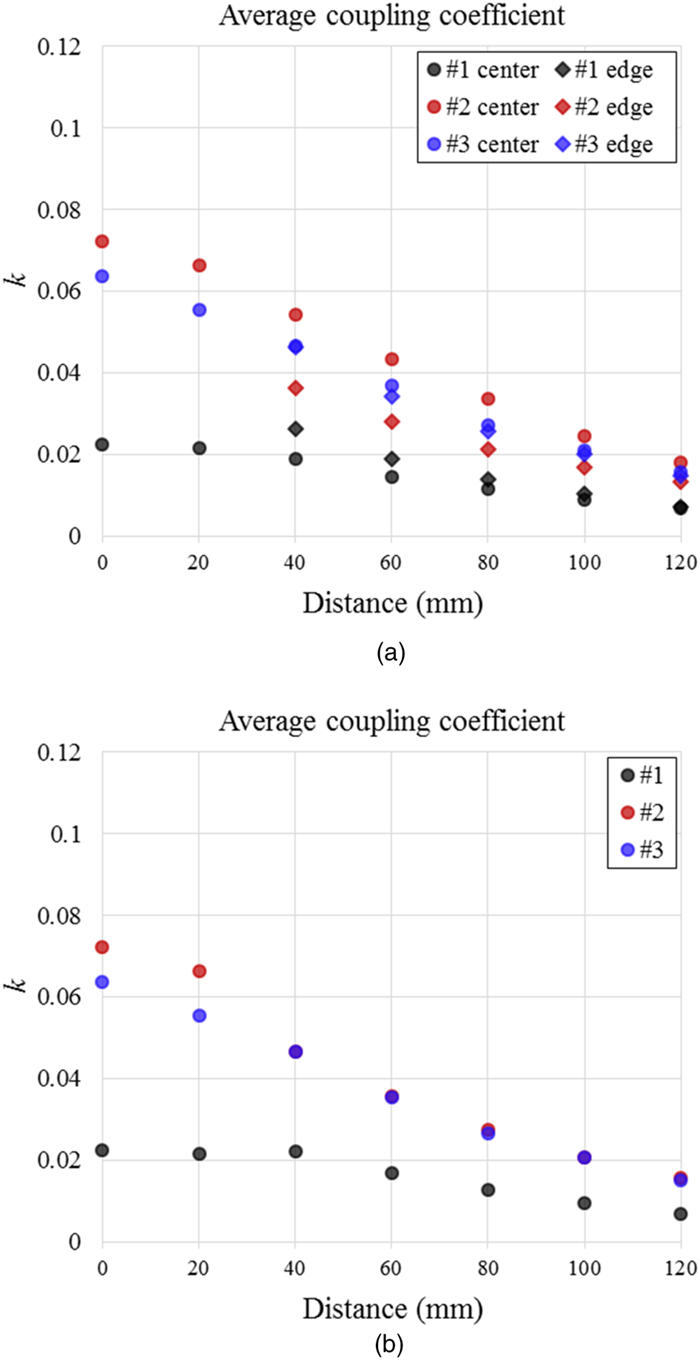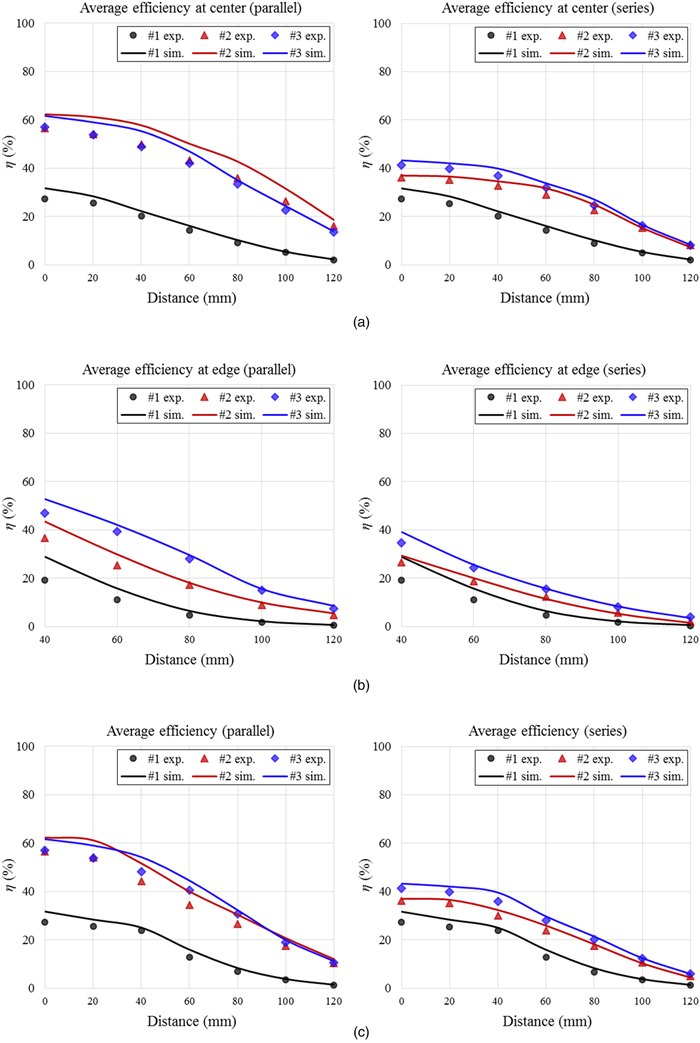A comparative study on slim 3-D receiver coil structures for omnidirectional wireless power transfer applications
-
1.
Department of Electrical & Electronic Engineering, The University of Hong Kong, Hong Kong, Hong Kong
-
2.
College of Electrical Engineering, Zhejiang University, Hangzhou, China
-
3.
Department of Electrical & Electronic Engineering, Imperial College London, London, UK
More Information
-
Author Bio:
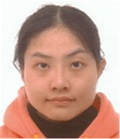 Minxin Wu
Minxin Wu (S'16) received her B.Eng. degree in electrical engineering from Tsinghua University, Beijing, China in 2014. She is currently working toward her Ph.D. degree in the Department of Electrical and Electronic Engineering, The University of Hong Kong, Hong Kong. Her current research interests include magnetics design, wireless power transfer, and power electronics.
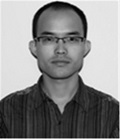 Wenxing Zhong
Wenxing Zhong (M'13) received his B.Eng. degree in electrical engineering from Tsinghua University, China in 2007 and his Ph.D. degree from the City University of Hong Kong, Hong Kong in 2012. Currently, he is a professor in the Department of Electrical Engineering, Zhejiang University, China. From March 2016 to May 2017, he was a Research Assistant Professor in the Department of Electrical and Electronic Engineering, The University of Hong Kong, Hong Kong. His current research interests include wireless power transfer and power electronics. Since 2015, he has received two Transactions First Prize Paper Awards from IEEE Power Electronics Society. He was recruited by "the Thousand Young Talents Plan" of the Chinese central government in 2018.
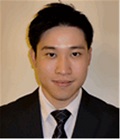 Siew Chong Tan
Siew Chong Tan (M'06–SM'11) received his B.Eng. (Hons) and M.Eng. degrees in electrical and computer engineering from the National University of Singapore, Singapore in 2000 and 2002, respectively, and his Ph.D. degree in electronic and information engineering from the Hong Kong Polytechnic University, Hong Kong in 2005. He is currently a Professor in the Department of Electrical and Electronic Engineering, The University of Hong Kong, Hong Kong. Prof. Tan was a Visiting Scholar at Grainger Center for Electric Machinery and Electromechanics, University of Illinois at Urbana-Champaign, Champaign, from September to October 2009, and an Invited Academic Visitor of the Huazhong University of Science and Technology, Wuhan, China, in December 2011. His research interests are focused on the areas of power electronics and control, LED lightings, smart grids, and clean energy technologies.
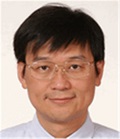 S. Y. R. Hui
S. Y. R. Hui (M'87–SM'94–F'03) received his B.Sc. (Eng.) Hons in electrical and electronic engineering from the University of Birmingham in 1984 and a D.I.C. and Ph.D. in electrical engineering from Imperial College London in 1987. Presently, he holds the Philip Wong Wilson Wong Chair Professorship at the University of Hong Kong and a Chair Professorship at Imperial College London. He has published over 260 refereed journal publications. Over 60 of his patents have been adopted by industry. His research interests include power electronics, wireless power, sustainable lighting, and smart grids. His inventions on wireless charging platform technology underpin key dimensions of Qi, the world's first wireless power standard, with freedom of positioning and localized charging features for wireless charging of consumer electronics. He has also developed photo-electro-thermal theory for LED systems. He has received the IEEE Rudolf Chope R & D Award and the IET Achievement Medal (The Crompton Medal) in 2010 and IEEE William E. Newell Power Electronics Award in 2015. He is a Fellow of the Australian Academy of Technological Sciences & Engineering (since 2010), US Academy of Inventors (since 2018), and the Royal Academy of Engineering, UK (since 2016)
-
Corresponding author:
Minxin Wu, Department of Electrical & Electronic Engineering, The University of Hong Kong, Hong Kong, Hong Kong. E-mail: wuminxin@eee.hku.hk
-
Abstract
This paper presents a comparative study on three types of slim coil structures used as a three-dimensional (3-D) receiver in a wireless power transfer system with a planar transmitter coil. The mutual coupling values and their variations between the receiver structures and the transmitter coil are compared under different distances and angular orientations with respect to the transmitter coil. The merits of performance are related to the consistency of the mutual coupling values under different orientations in a range of distances from the transmitter coil. The practical results show that slim 3-D receiver coil structures can be compatible with a planar transmitter coil with reasonably high-mutual coupling.
-
About this article
Cite this article
Wu M, Zhong W, Tan S C, Hui S Y R. 2019. A comparative study on slim 3-D receiver coil structures for omnidirectional wireless power transfer applications. Wireless Power Transfer 6(2): 85-96 doi: 10.1017/wpt.2019.9
|
Wu M, Zhong W, Tan S C, Hui S Y R. 2019. A comparative study on slim 3-D receiver coil structures for omnidirectional wireless power transfer applications. Wireless Power Transfer 6(2): 85-96 doi: 10.1017/wpt.2019.9
|


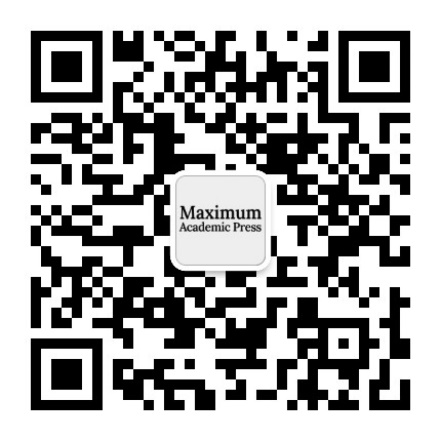
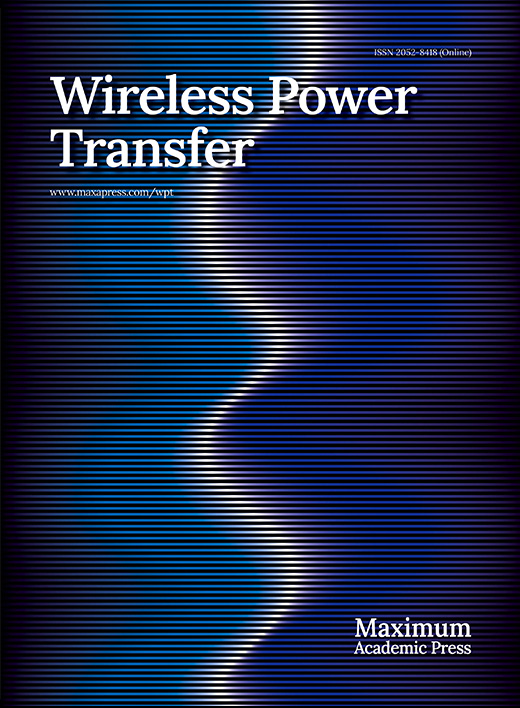






 Minxin Wu (S'16) received her B.Eng. degree in electrical engineering from Tsinghua University, Beijing, China in 2014. She is currently working toward her Ph.D. degree in the Department of Electrical and Electronic Engineering, The University of Hong Kong, Hong Kong. Her current research interests include magnetics design, wireless power transfer, and power electronics.
Minxin Wu (S'16) received her B.Eng. degree in electrical engineering from Tsinghua University, Beijing, China in 2014. She is currently working toward her Ph.D. degree in the Department of Electrical and Electronic Engineering, The University of Hong Kong, Hong Kong. Her current research interests include magnetics design, wireless power transfer, and power electronics.  Wenxing Zhong (M'13) received his B.Eng. degree in electrical engineering from Tsinghua University, China in 2007 and his Ph.D. degree from the City University of Hong Kong, Hong Kong in 2012. Currently, he is a professor in the Department of Electrical Engineering, Zhejiang University, China. From March 2016 to May 2017, he was a Research Assistant Professor in the Department of Electrical and Electronic Engineering, The University of Hong Kong, Hong Kong. His current research interests include wireless power transfer and power electronics. Since 2015, he has received two Transactions First Prize Paper Awards from IEEE Power Electronics Society. He was recruited by "the Thousand Young Talents Plan" of the Chinese central government in 2018.
Wenxing Zhong (M'13) received his B.Eng. degree in electrical engineering from Tsinghua University, China in 2007 and his Ph.D. degree from the City University of Hong Kong, Hong Kong in 2012. Currently, he is a professor in the Department of Electrical Engineering, Zhejiang University, China. From March 2016 to May 2017, he was a Research Assistant Professor in the Department of Electrical and Electronic Engineering, The University of Hong Kong, Hong Kong. His current research interests include wireless power transfer and power electronics. Since 2015, he has received two Transactions First Prize Paper Awards from IEEE Power Electronics Society. He was recruited by "the Thousand Young Talents Plan" of the Chinese central government in 2018.  Siew Chong Tan (M'06–SM'11) received his B.Eng. (Hons) and M.Eng. degrees in electrical and computer engineering from the National University of Singapore, Singapore in 2000 and 2002, respectively, and his Ph.D. degree in electronic and information engineering from the Hong Kong Polytechnic University, Hong Kong in 2005. He is currently a Professor in the Department of Electrical and Electronic Engineering, The University of Hong Kong, Hong Kong. Prof. Tan was a Visiting Scholar at Grainger Center for Electric Machinery and Electromechanics, University of Illinois at Urbana-Champaign, Champaign, from September to October 2009, and an Invited Academic Visitor of the Huazhong University of Science and Technology, Wuhan, China, in December 2011. His research interests are focused on the areas of power electronics and control, LED lightings, smart grids, and clean energy technologies.
Siew Chong Tan (M'06–SM'11) received his B.Eng. (Hons) and M.Eng. degrees in electrical and computer engineering from the National University of Singapore, Singapore in 2000 and 2002, respectively, and his Ph.D. degree in electronic and information engineering from the Hong Kong Polytechnic University, Hong Kong in 2005. He is currently a Professor in the Department of Electrical and Electronic Engineering, The University of Hong Kong, Hong Kong. Prof. Tan was a Visiting Scholar at Grainger Center for Electric Machinery and Electromechanics, University of Illinois at Urbana-Champaign, Champaign, from September to October 2009, and an Invited Academic Visitor of the Huazhong University of Science and Technology, Wuhan, China, in December 2011. His research interests are focused on the areas of power electronics and control, LED lightings, smart grids, and clean energy technologies.  S. Y. R. Hui (M'87–SM'94–F'03) received his B.Sc. (Eng.) Hons in electrical and electronic engineering from the University of Birmingham in 1984 and a D.I.C. and Ph.D. in electrical engineering from Imperial College London in 1987. Presently, he holds the Philip Wong Wilson Wong Chair Professorship at the University of Hong Kong and a Chair Professorship at Imperial College London. He has published over 260 refereed journal publications. Over 60 of his patents have been adopted by industry. His research interests include power electronics, wireless power, sustainable lighting, and smart grids. His inventions on wireless charging platform technology underpin key dimensions of Qi, the world's first wireless power standard, with freedom of positioning and localized charging features for wireless charging of consumer electronics. He has also developed photo-electro-thermal theory for LED systems. He has received the IEEE Rudolf Chope R & D Award and the IET Achievement Medal (The Crompton Medal) in 2010 and IEEE William E. Newell Power Electronics Award in 2015. He is a Fellow of the Australian Academy of Technological Sciences & Engineering (since 2010), US Academy of Inventors (since 2018), and the Royal Academy of Engineering, UK (since 2016)
S. Y. R. Hui (M'87–SM'94–F'03) received his B.Sc. (Eng.) Hons in electrical and electronic engineering from the University of Birmingham in 1984 and a D.I.C. and Ph.D. in electrical engineering from Imperial College London in 1987. Presently, he holds the Philip Wong Wilson Wong Chair Professorship at the University of Hong Kong and a Chair Professorship at Imperial College London. He has published over 260 refereed journal publications. Over 60 of his patents have been adopted by industry. His research interests include power electronics, wireless power, sustainable lighting, and smart grids. His inventions on wireless charging platform technology underpin key dimensions of Qi, the world's first wireless power standard, with freedom of positioning and localized charging features for wireless charging of consumer electronics. He has also developed photo-electro-thermal theory for LED systems. He has received the IEEE Rudolf Chope R & D Award and the IET Achievement Medal (The Crompton Medal) in 2010 and IEEE William E. Newell Power Electronics Award in 2015. He is a Fellow of the Australian Academy of Technological Sciences & Engineering (since 2010), US Academy of Inventors (since 2018), and the Royal Academy of Engineering, UK (since 2016) 



